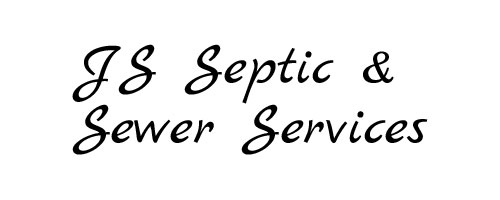Follow Us x
FAQ
Information is provided from Cornell University Coopertative Extension
- How often do I need to inspect and pump my septic tank?
- What should I add to my septic system? What should I keep out of it?
- How does water use affect septic systems?
- Where should my septic tank and drainfield be located?
5 Things Homebuyers Need to Know About Septic Systems
How often do I need to inspect and pump my septic tank?
Your septic system should be professionally inspected every 1-2 years. This will catch problems early, and will help you know how often the tank must be pumped. Periodic pumping of the septic tank keeps solids from accumulating in the tank, reaching the outflow, and clogging the drainfield. A typical septic tank should be pumped, cleaned, and inspected by a licensed professional about every 3-5 years. The time interval depends on results of the inspections, the size of your septic tank, and your family's water use. With a small septic tank, high water usage, or use of a kitchen sink disposal for food scraps, you will need to pump more often. The approximate number of years between pumping can be estimated using the chart below (modified from Septic Tank Pumping, Penn State Extension, 2004).
What should I add to my septic system? What should I keep out of it?
The main thing that makes septic systems work is living bacteria. Plenty of bacteria will be introduced to the system through wastewater inputs, and they will live on the other components of the wastewater. No additions of bacteria, yeast, enzymes, or products containing them are necessary for the septic system to work properly. Research has shown that additives do not enhance the performance of your septic tank. Some commercial additives can even be harmful to the performance of your septic tank, because they kill the bacteria doing all the hard work.
Since your septic system is a living system, you should protect it from chemical toxins. Small amounts of household cleaning products and personal care products are usually not a problem in the septic system. When disposal down the drain is necessary, always flush with water and follow label directions. Do not pour large amounts of household cleaning products and other chemicals down the drain. Contact your local government to find out about hazardous waste disposal options. Instead of dumping unwanted medicines down the toilet, contact local pharmacies to see if they have collection programs.
How does water use affect septic systems?
A large amount of water entering a septic tank in a short time can reduce the settling of solids in the tank or disturb settled material, and may cause solids to enter the drainfield. Water conservation in the home will help the septic system function properly. Use low-flow fixtures and repair leaks. Drainage from roofs and hoses should be diverted away from the septic drainfield. Avoid using a kitchen sink disposal. Many tips are included in the publications on general septic system information and maintenance.
In general, waste from water treatment systems, including water softeners, should not be added to the septic system load. Research is being conducted currently to collect more data about the impact of softeners on septic systems. Current evidence is mixed and often anecdotal.
Where should my septic tank and drainfield be located?
In general, avoid:
- Drinking water wells and natural water features
- Flood zones (waste will contaminate other areas, and the septic components may be damaged)
- Steep slopes and quick-draining soils (effluent needs to spend time in the drainfield to break down)
- Buildings and property boundaries (in case of repairs and to contain wastewater to your own property)
- Areas where tree roots may grow toward and damage the septic system
- Areas where vehicles may compact the soil
In New York state, the Department of Health sets regulations for septic system construction.

